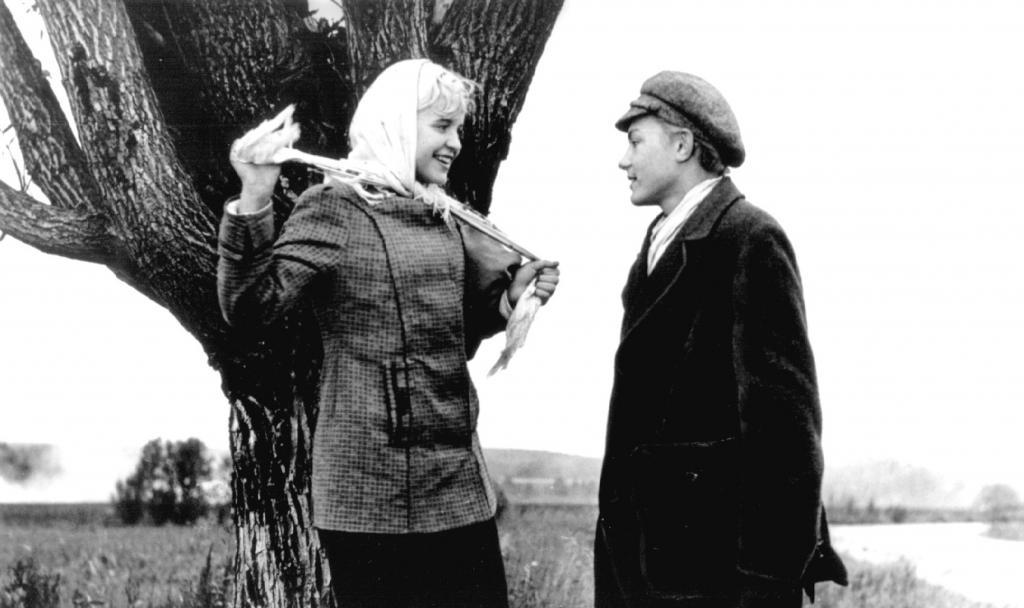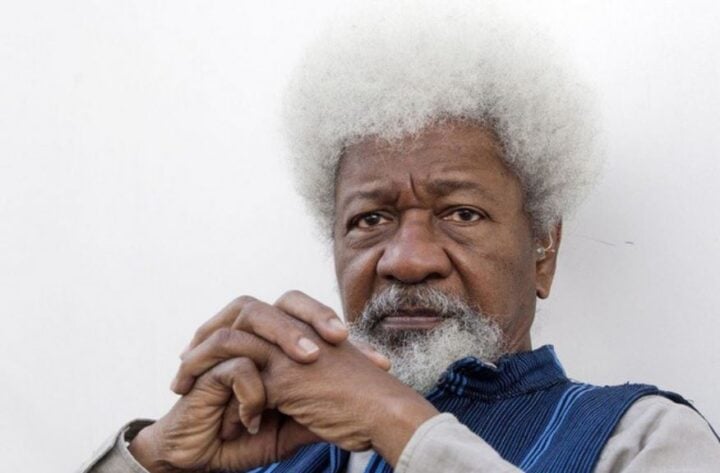For generations of Estonians, Kevade (The Spring) has been a rite of passage – a black-and-white memory etched into the national psyche. Adapted in 1969 from Oskar Luts’s beloved novella, the film tells the story of schoolchildren in a 19th-century Estonian village, and none is more quietly iconic than its introspective lead, Arno Tali.
But what if that face wasn’t Arno’s? What if, instead, it was a young Leonardo DiCaprio, eyes flickering with mischief, framed by a digitally colourised village bathed in soft Baltic light?
This isn’t a thought experiment. It’s a bold, boundary-pushing AI project undertaken by Oliver Olmaru, a business IT master’s student at Tallinn University of Technology – lately known as TalTech – as part of a data mining course. His mission: to explore the power – and limits – of generative AI by reimagining Kevade not only in vivid colour but with the cultural curveball of digitally replacing Arno with a teenage DiCaprio.
The result is uncanny and strangely beautiful. DiCaprio’s face – lifted from his Romeo + Juliet era – blends seamlessly into the snow-dusted Estonian countryside. At moments, it feels like watching Titanic retold in a rural classroom. In others, it evokes The Revenant, but with more algebra and fewer bears.
The experiment was part of a deliberately provocative bonus assignment set by Innar Liiv, TalTech’s associate professor of data science, who believes learning should be anything but formulaic. “Each course is shaped by the personalities in the room and the zeitgeist outside,” he wrote in the university’s portal, Trialoog. “This task was about curiosity, creativity and technical skill – an invitation to see how far AI can take us in reinterpreting our cultural canon.”
What started as a digital exercise has sparked deeper questions. What happens when machine learning meets national memory? Can a student project legitimately tinker with a film voted the greatest Estonian feature of all time?
After all, Kevade was never meant to be untouchable. When director Arvo Kruusement first considered adapting Luts’s novella in the 1960s, the screenplay had languished for years in studio drawers. Moscow censors had deemed the story too shapeless, too religious, too full of drunken characters like the lovable Lible (played by Kaljo Kiisk).

Fortunately, Kruusement ploughed ahead anyway, shifting the story’s centre from the theatrical Joosep Toots to the quieter, more reflective Arno. It was a gamble, but it paid off: by the end of 1969, Kevade had been seen by more than half a million Estonians – and over eight million people across the Soviet Union.
Back then, Kevade was already breaking ground. It was the first Estonian film to cast real children in leading roles, rather than adult actors playing schoolkids. Today, with DiCaprio’s youthful face seamlessly mapped onto Arno’s, the film pushes boundaries once more – this time through pixels and machine learning rather than reels and auditions.

Importantly, Olmaru’s project wasn’t confined to a classroom. With his permission, the resulting film was uploaded to YouTube, where it has found an audience far beyond TalTech’s lecture halls. “Coursework shouldn’t end with a grade,” Innar Liiv argues. “If it’s good, it should speak to the wider world.”
And speak it does. In a cultural moment when AI is often met with suspicion or hype, this project is a reminder that technology can be playful, even poetic. It can honour the past while nudging it into new light.
In Estonia, where digital innovation often walks hand-in-hand with cultural preservation, the experiment feels like a natural fit. Here, where state services run on X-Road – the secure digital backbone of Estonia’s e-state – and start-ups flourish, why shouldn’t a century-old story find new form through code?











